Building the future: Passive Houses & nZEB

What does a Passive House or nZEB mean?
nZEB is a necessary step toward efficiency, but a Passive House means the peace of mind that comes from living in a space optimized for you and your family with near-zero energy consumption.
Component
nZEB
Passive House
Roof insulation
30–50 cm thermal insulation (U < 0.15 W/m²K)
25–30 cm high-performance insulation (U < 0.11–0.15 W/m²K)
Exterior walls
U < 0.25 W/m²K (≈ 15 cm insulation)
U < 0.15 W/m²K (≈ 25 cm insulation)
Windows
Uf < 1.1 W/m²K
Uf < 0.85 W/m²K
Airtightness
n50 < 1.0 1/h
n50 < 0.6 1/h
Roof/foundation insulation
U < 0,20 W/m²K
U < 0.15 W/m²K
The “U” value shows how much heat passes through a building element (roof, walls, foundation). The lower the number, the less energy is lost.
In nZEB buildings, this is achieved through thick layers of insulation, while in Passive Houses the quality of materials and installation details also matter.
Windows (Uf and Uw)
Windows are the “Achilles’ heel” of a house. “Uf” is the frame coefficient, and “Uw” represents the complete window.
nZEB buildings use efficient windows, but Passive Houses require special packages (triple glazing, thermally broken frames) that drastically reduce losses and increase solar gain during winter.
Airtightness (n50)
This measures how many times the air inside changes per hour through uncontrolled leaks (cracks, joints, seams).
For nZEB, the standard allows a maximum of 1 air change/hour, but for Passive Houses the requirement is much stricter: max 0.6.
This means no drafts, no condensation, and consistent indoor comfort.
Foundations and thermal bridges
Areas in contact with the ground are sensitive points. nZEB requires at least 12 cm of insulation, while Passive Houses optimize these details to eliminate “thermal bridges” (areas where heat escapes).
What does it mean for you, as a future homeowner?
Request a ConsultationIt’s not just about how many centimeters of insulation you add, but about the quality of materials and the precision of installation. The nZEB standard has raised the bar compared to traditional construction, making homes much more efficient.
However, the Passive House standard goes even further — every detail is calculated and verified to ensure a higher level of comfort and energy savings.

Windows are the critical point in a Passive House or nZEB.
In any building, windows are the “Achilles’ heel.”They bring in light, views, and solar gains, but at the same time, they can be the main source of energy loss if not properly selected and installed.
Request an offer
Passive windows let plenty of natural light in, while retaining heat in winter and keeping cool in summer.You enjoy bright rooms and much lower energy consumption.
No more “cold spots” or chilly areas near the window.Temperature remains uniform throughout the home, regardless of the season.
Proper installation and premium materials eliminate the risk of condensation and mold, ensuring cleaner air and a healthier environment for you and your family.
They can be either the biggest source of energy loss, or the best investment in comfort.
In an nZEB or Passive House, windows and entrance doors are not just design features — they’re critical components for energy efficiency.When properly selected and installed, they reduce heat loss, eliminate drafts, and ensure constant comfort all year round.
Window Type
Heat Loss in Winter
Passive House Experience
Standard double glazing
~100% (baseline reference)
Cold near the window, air drafts
nZEB Windows
~40–50% of the heat loss of a standard window
Better comfort, though some cooler areas may remain
Passive House Windows
~10–15% of the heat loss of a standard window
Uniform temperature, no drafts, no condensation
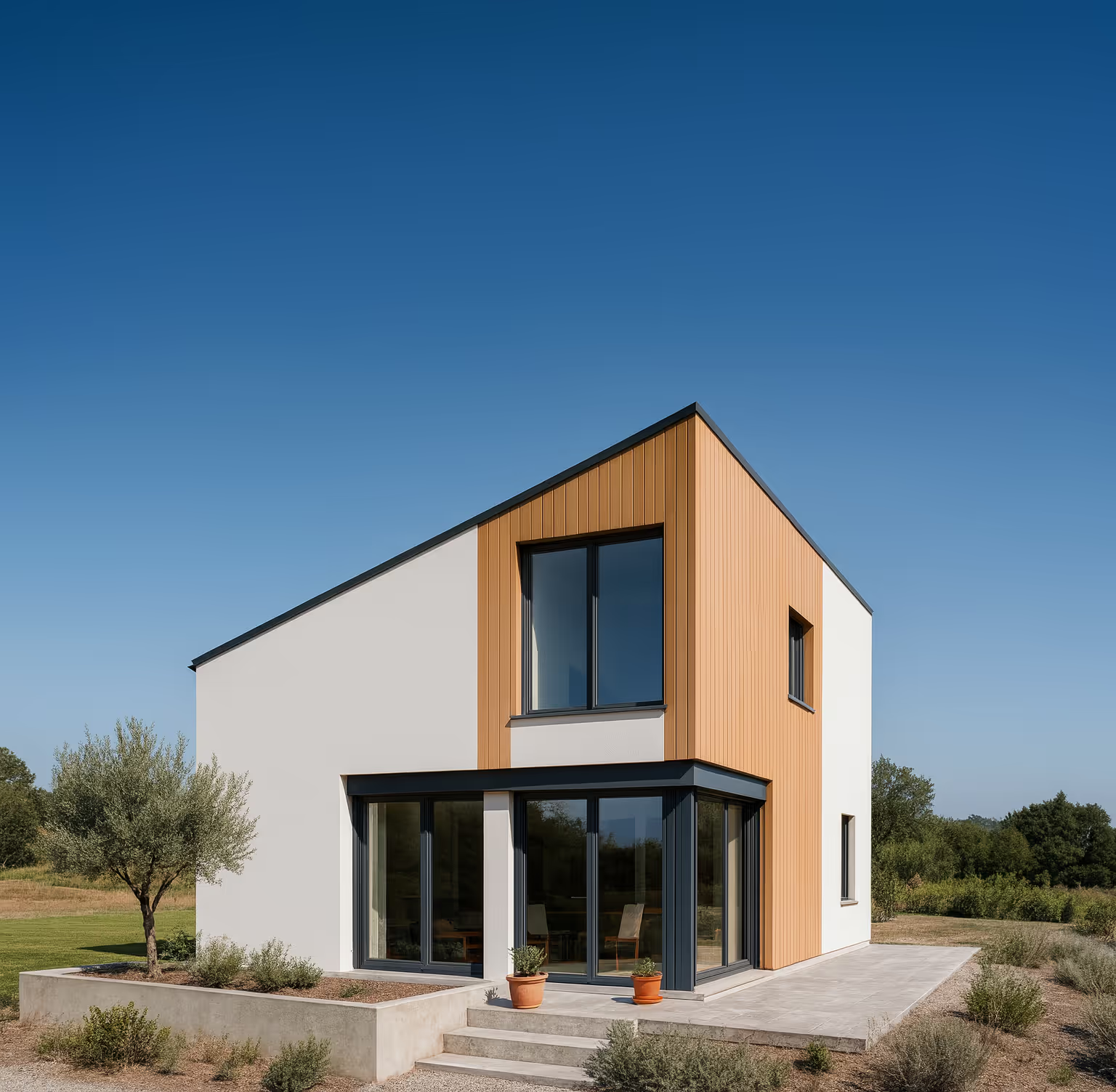
What do I gain by choosing a Passive House or nZEB home?
Passive House or nZEB doesn’t just mean better energy performance numbers — it represents a real change in the way you live in your own home.

Heating and cooling consumption is reduced by up to 80–90%.

Uniform temperature throughout the home, with no cold spots or overheating.

Humidity is controlled, eliminating the risk of condensation and mold.

Higher market value, as it’s recognized and appreciated as a premium home.

Lower maintenance costs, while comfort remains constant over time.
Forces and factors acting on a window (or door)

Solar radiation
The sun heats the glass and frame, causing expansion and temperature increase inside.

Heavy rain
Water puts pressure on the seals. Any weak point can lead to leaks.

Wind
Applies constant pressure on the glass surface and frame, testing strength and installation quality.

Temperature differences
In winter, temperature variation can reach 30–40°C, causing thermal shocks and expansion.

Noise
Windows must block exterior noise to ensure a high level of acoustic comfort.

Fire
In case of fire, windows must withstand high temperatures for as long as possible to protect the interior.

Building movement
Settling or vibration can deform the window frame if not properly installed.

Self-weight load
The weight of the glass and frame puts pressure on hinges and fixings over time.

Frame displacement
Materials expand and contract, which can affect sealing.

Dynamic stress (operation)
Daily opening and closing puts pressure on hardware and seals.

Indoor humidity
Warm, humid air can cause condensation and mold if the window is not efficient.

Ventilation and comfort temperature
Windows directly influence indoor climate and the supply of fresh air.
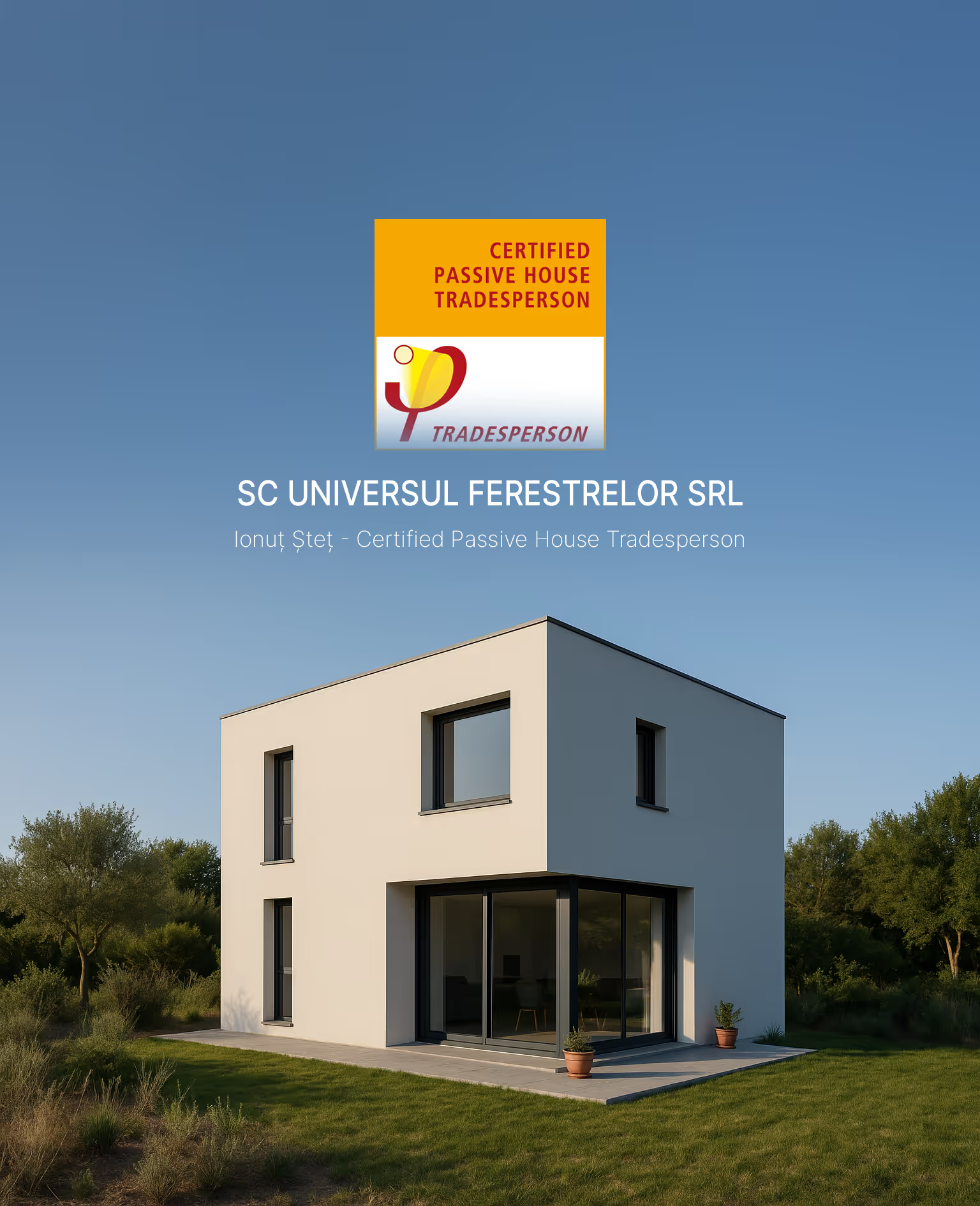
Why choose Universul Ferestrelor?
We’re among the few specialists in Romania officially accredited by the Passive House Institute (PHI) guaranteeing that we apply the highest international standards in energy-efficient construction.
From passive houses to large-scale constructions.
Residential and commercial projects delivered with precision, efficiency, and aesthetics.
Custom solutions tailored to context, requirements, and energy standards.
More than products. Complete systems.
Get a personalized offer!







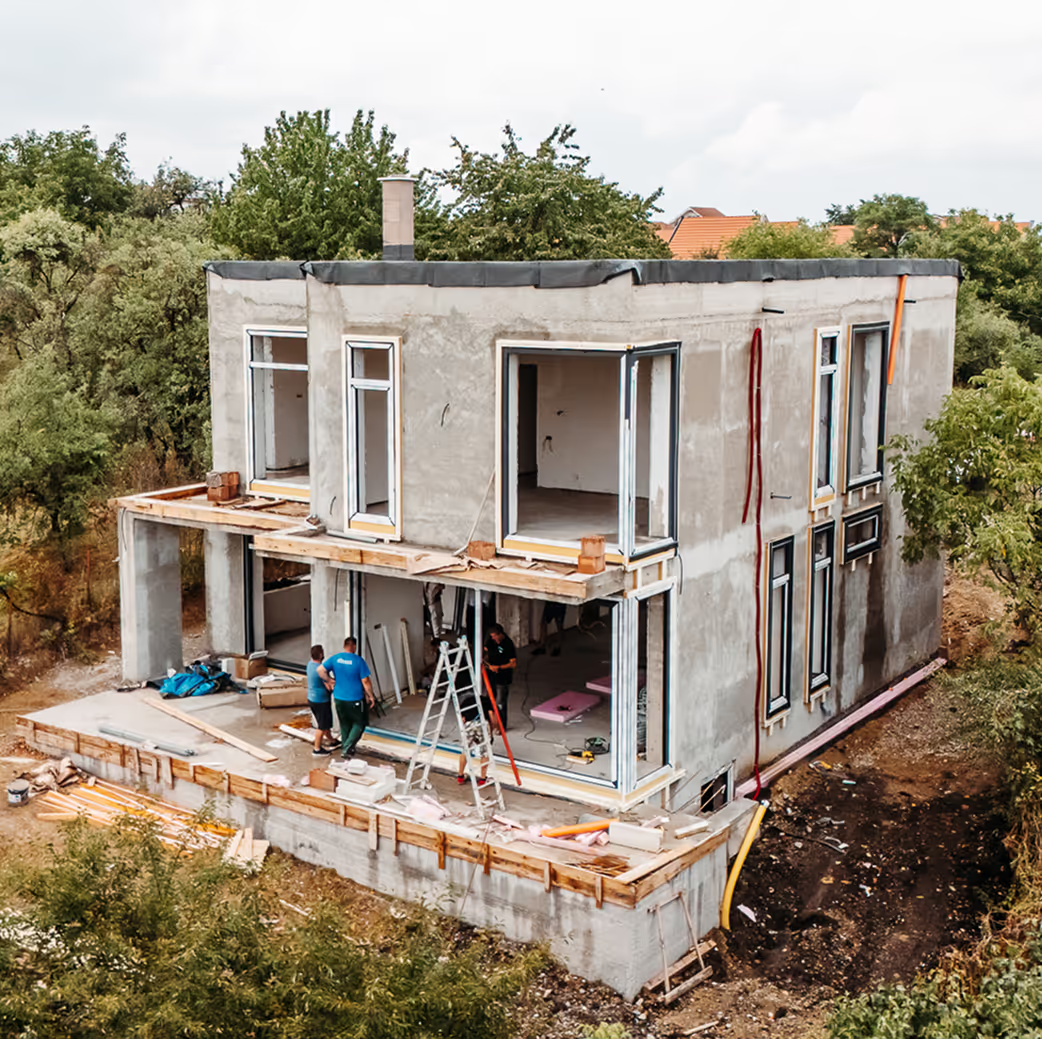



.avif)
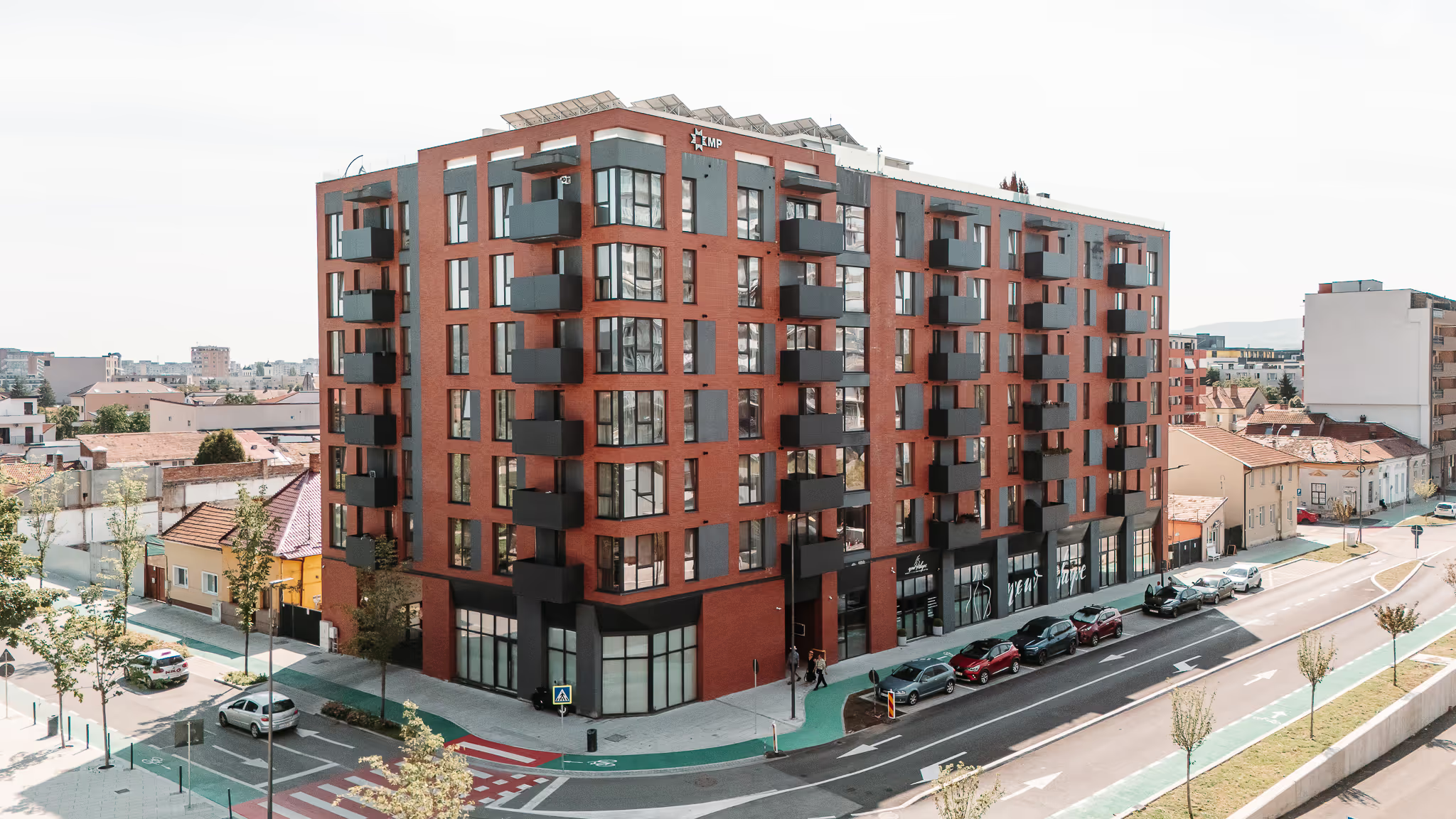
.jpg)
.avif)

%201.avif)
%201.avif)
%201.avif)
%201.avif)
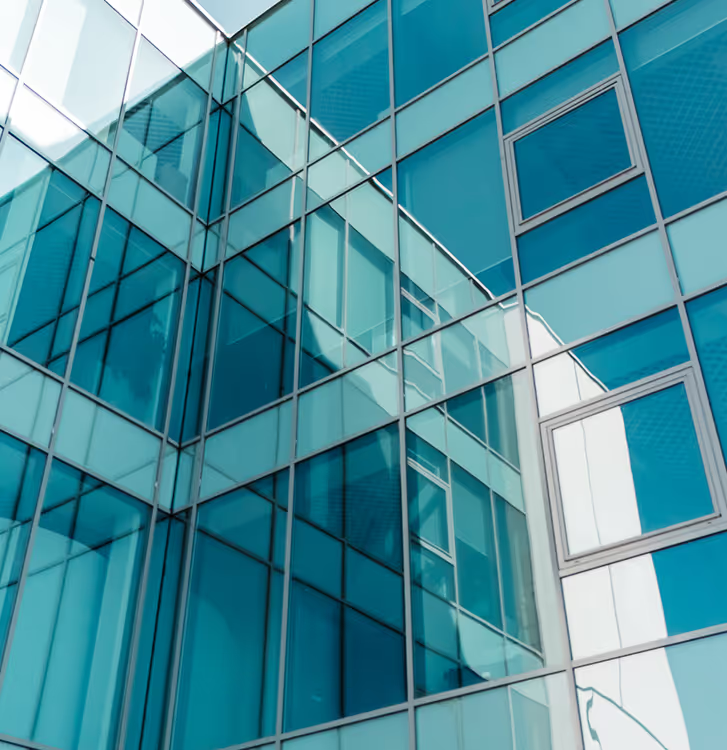
.avif)